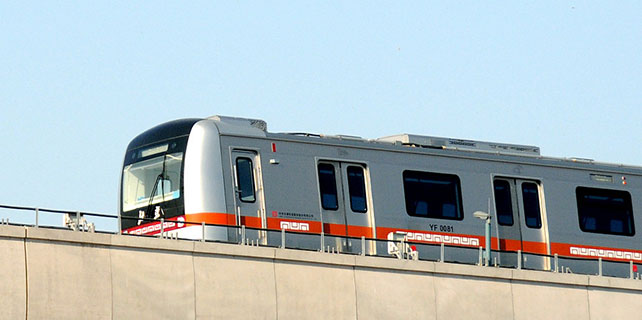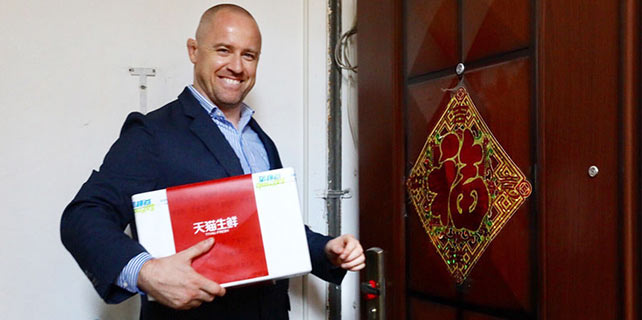The toilet revolution
The three-year toilet revolution launched in 2015 saw more than 20 billion yuan invested in installing or renovating 68,000 toilets at tourist sites, exceeding the target of 57,000 toilets.
For the next three years, authorities aim to add 47,000 toilets and renovate 17,000, according to a plan released by the China National Tourism Administration.
"Compared with the rapid growth of the tourism industry and people's increasing demand for better lives, the development of toilets is unbalanced and inadequate," said Li Jinzao, head of the CNTA. "Another three-year program is urgently needed."
China's domestic tourism industry earned about 3.9 trillion yuan in 2016, and the country plans to raise tourism revenue to 7 trillion yuan by 2020.
In recent years, there has been a frenzy among middle-class Chinese to buy smart toilets during trips to Japan, even though many of these items are actually made in China.
Hoping to ride the wave of China's toilet revolution, many Chinese companies are making efforts to manufacture and market high-end products of their own.
According to a report by the China Household Electrical Appliances Association, the market size for China's domestic smart toilet sector has grown by 59 percent year-on-year to reach 3.1 million units in 2016.
But penetration is as low as 1 percent, meaning there is still an immense potential market in China, according to the report.




















